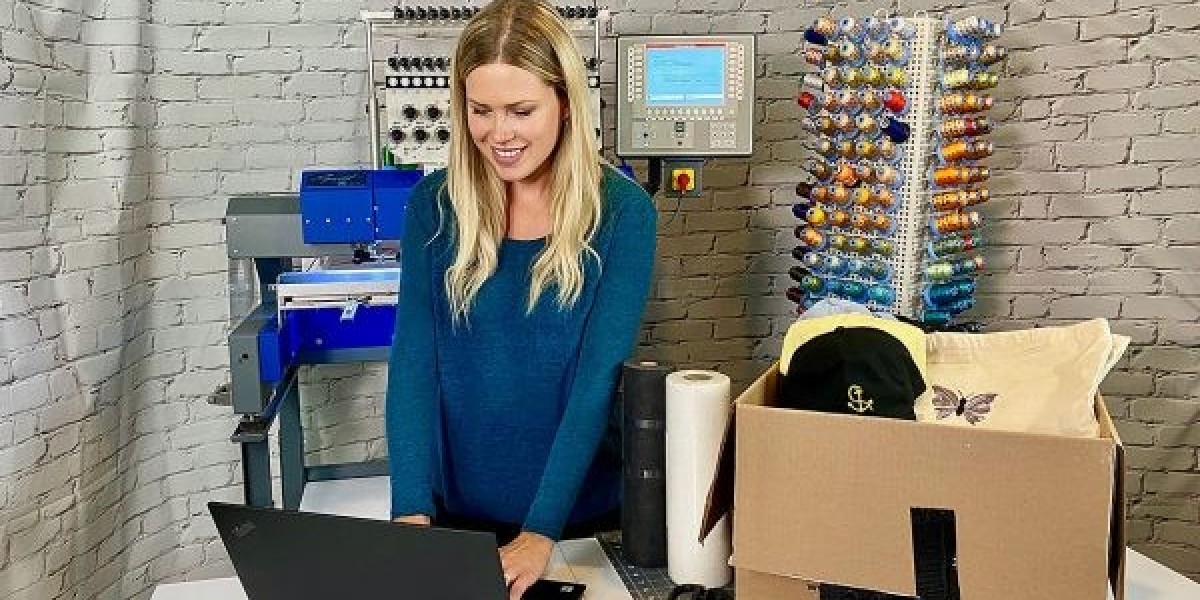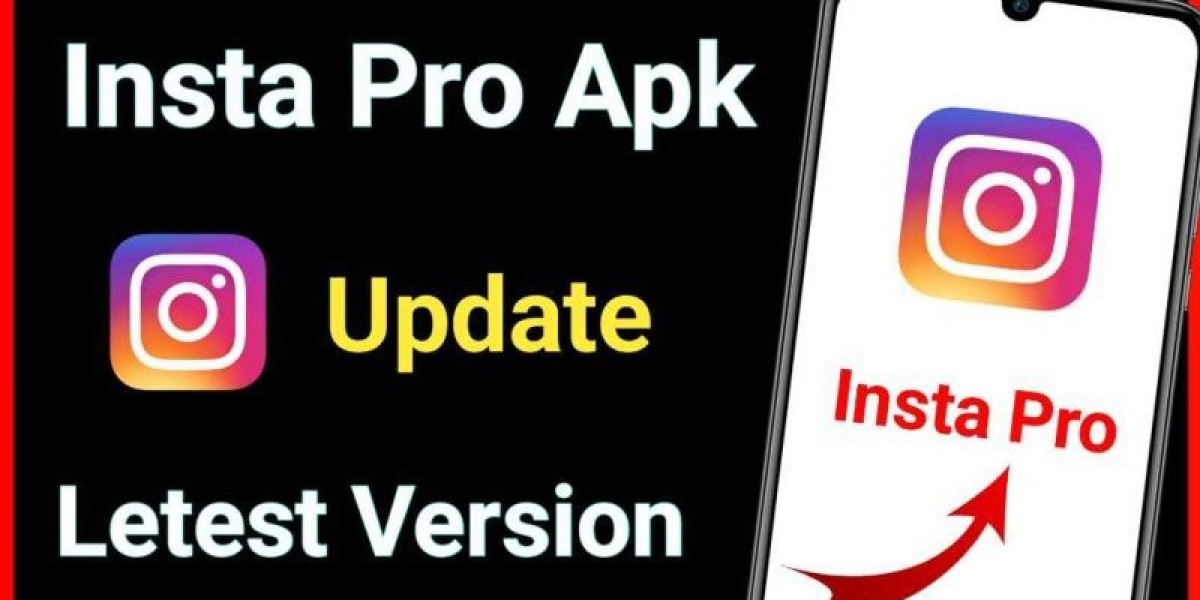You've spent time creating the perfect logo or design, and now you want it translated into flawless embroidery. But when you try to stitch it yourself, the threads pucker, the details blur, and the final result looks nothing like your original vision. This is where professional embroidery digitizing service come in—they bridge the gap between your digital artwork and stitch-perfect embroidery. But not all services are created equal. Here's exactly what you should expect when working with a quality digitizing service.
The Difference Between Amateur and Professional Digitizing
Embroidery machines don’t understand images—they follow precise stitch instructions. A high-quality digitizing service doesn’t just convert your file; they engineer it for optimal stitching. Here’s how professional digitizing stands out:
- Precision stitch mapping – Every stitch is placed intentionally for smooth, even coverage
- Fabric-specific adjustments – Different materials (like stretchy knits vs. stiff caps) require different settings
- Intelligent underlay – Hidden foundation stitches prevent distortion and improve durability
- Thread efficiency – Minimizes trims and color changes for faster production
- Small detail preservation – Ensures text and fine lines remain crisp
A cheap or automated service might give you a file that technically works, but the difference in quality becomes obvious after the first wash or when you examine the stitching up close.
The Step-by-Step Process of Professional Digitizing
1. File Submission and Consultation
A quality service will:
- Accept multiple file formats (JPG, PNG, AI, EPS, PDF)
- Ask clarifying questions about placement and sizing
- Advise on simplifying complex elements if needed
- Provide turnaround time estimates upfront
2. Custom Digitizing (Not Automated Conversion)
Your design undergoes manual optimization where an expert:
- Traces and assigns appropriate stitch types (satin, fill, running)
- Sets optimal density for each section
- Plans the stitch sequence to minimize jumps
- Adjusts for expected fabric pull
3. Quality Assurance
Before delivery, reputable services:
- Run digital simulations to check for errors
- May provide stitch previews upon request
- Offer 1-2 free revisions if the test stitch has issues
4. File Delivery and Support
You should receive:
- Your design in multiple machine formats (DST, PES, EXP, etc.)
- Clear instructions for optimal stitching
- Responsive customer support if questions arise
Key Features of Top-Tier Digitizing Services
1. Design Analysis Before Starting
Before charging your card, a quality service will evaluate whether your design:
- Contains elements too small to stitch well
- Has colors that may bleed together
- Needs simplification for optimal results
- Would benefit from specialty techniques (like 3D puff)
2. Fabric-Specific Adjustments
Your digitizer should ask what material you’ll stitch on because:
- Stretchy fabrics (like t-shirts) need looser densities
- Thick materials (like towels) require compensation for pile
- Delicate fabrics (like chiffon) need special stabilizer approaches
3. Multiple Format Options
While DST is the industry standard, you should receive files in:
- Your machine’s native format (PES for Brother, VIP for Pfaff, etc.)
- Backward-compatible versions if needed
- Resized variations if requested
4. Reasonable Revision Policy
Even professionals sometimes need adjustments. Look for:
- At least one free revision if the design doesn’t stitch as expected
- Quick turnaround on revisions (24-48 hours)
- Clear communication about any design limitations
Red Flags to Watch For
Steer clear of services that:
❌ Promise instant turnaround (quality digitizing takes time)
❌ Don’t ask about your fabric or machine type
❌ Offer prices that seem too good to be true
❌ Have no samples or portfolio to show
❌ Use fully automated systems with no human review
What Professional Digitizing Costs
Pricing typically depends on complexity:
- Simple logos (1-3 colors): $10-$25
- Moderate complexity (4-6 colors): $25-$45
- Highly detailed designs (7+ colors): $45-$80
- Specialty techniques (3D puff, appliqué): +$15-$30
While $10 Fiverr gigs might tempt you, remember that poor digitizing often costs more in wasted materials and do-overs than professional services charge upfront.
How to Prepare Your Artwork for Best Results
Help your digitizer deliver perfect results by:
- Providing vector files (AI/EPS) when possible
- Specifying exact dimensions in inches or centimeters
- Noting placement (cap front vs. jacket back)
- Identifying must-keep elements if simplification is needed
When to Consider a Digitizing Service vs. DIY
Choose a Service When:
- You need consistent, professional results
- Your design has small text or complex elements
- You’re stitching on difficult fabrics
- Time is more valuable than software learning curves
Consider DIY Software When:
- You frequently create new designs
- You enjoy technical learning processes
- You want complete creative control
- You have time for trial and error
The Real Value of Quality Digitizing
Beyond just getting a working file, professional digitizing delivers:
✔ Brand consistency – Your logo looks its best every time
✔ Longer-lasting embroidery – Proper techniques prevent premature wear
✔ Reduced production headaches – Fewer thread breaks and machine jams
✔ Enhanced perceived value – Quality stitching elevates your products
Finding Your Perfect Digitizing Partner
Look for services that:
- Specialize in your industry (corporate logos vs. decorative designs)
- Communicate clearly about capabilities and limitations
- Show before/after examples of similar projects
- Offer responsive support when questions arise
Some established providers to consider:
- Digitizing Buddy (great for small businesses)
- Absolute Digitizing (excellent for complex designs)
- The Digitizers (specialists in apparel branding)
Final Thoughts
Quality embroidery digitizing isn’t an expense—it’s an investment in your brand’s professionalism and product durability. While it’s possible to create basic embroidery files yourself, the expertise of professional digitizers shines through in stitch clarity, fabric adaptability, and overall craftsmanship.
By understanding what separates exceptional digitizing from mediocre conversions, you can make informed choices that ensure your embroidered items always make the right impression. Whether you’re branding company uniforms or creating custom gifts, starting with properly digitized designs makes every subsequent step smoother and more successful.
Ready to elevate your embroidery projects? Partner with a digitizing service that asks the right questions, stands behind their work, and helps bring your creative visions to life in thread. The difference will be visible in every stitch.












